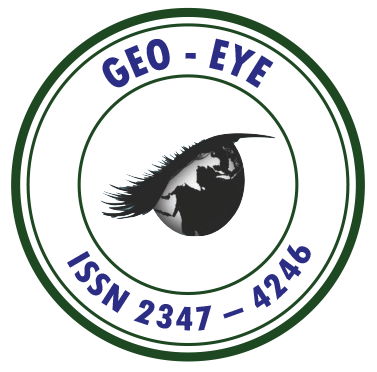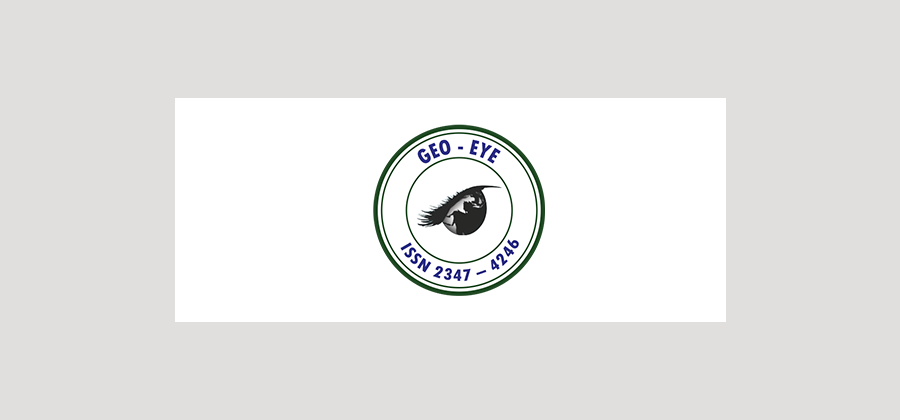
Geo-Eye
Department of Geography & GIS

Department of Geography & GIS

Geo-Eye
Year: 2024, Volume: 13, Issue: 1, Pages: 1-8
Original Article
Parag Choudhary 1 , S C Advitot 2,*
Received Date:24 February 2024, Accepted Date:30 November -0001
This document provides an analysis of the prevalence and transmission factors of malaria in the Satpura region of Maharashtra, India. The study utilizes multi-criteria assessment and remote sensing techniques to create a malaria risk map that integrates various environmental factors. The key environmental parameters affecting malaria transmission include land use/cover, elevation, slope, distance to the stream, and breeding sites. The findings highlight the importance of addressing barriers such as misconceptions about malaria, low use of preventive measures, and inadequate malaria prevention practices in order to enhance the effectiveness of control interventions. The study concludes that remote sensing is a valuable tool for targeting malaria control interventions and optimizing resource allocation.
Keywords
Malaria, Prevalence, Transmission, MultiCriteria Assessment, Remote Sensing, Environmental Factors, Control Interventions
© 2024 Choudhary & Advitot. This is an open-access article distributed under the terms of the Creative Commons Attribution License, which permits unrestricted use, distribution, and reproduction in any medium, provided the original author and source are credited.
Subscribe now for latest articles and news.